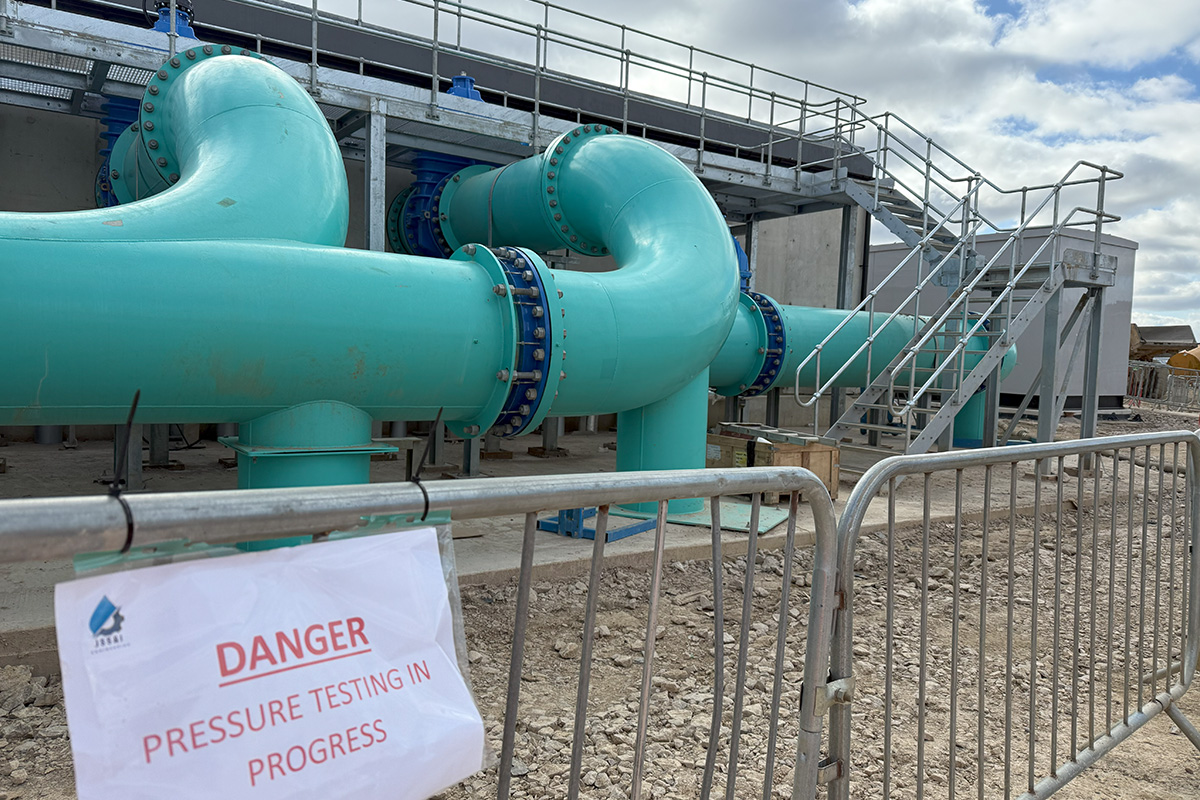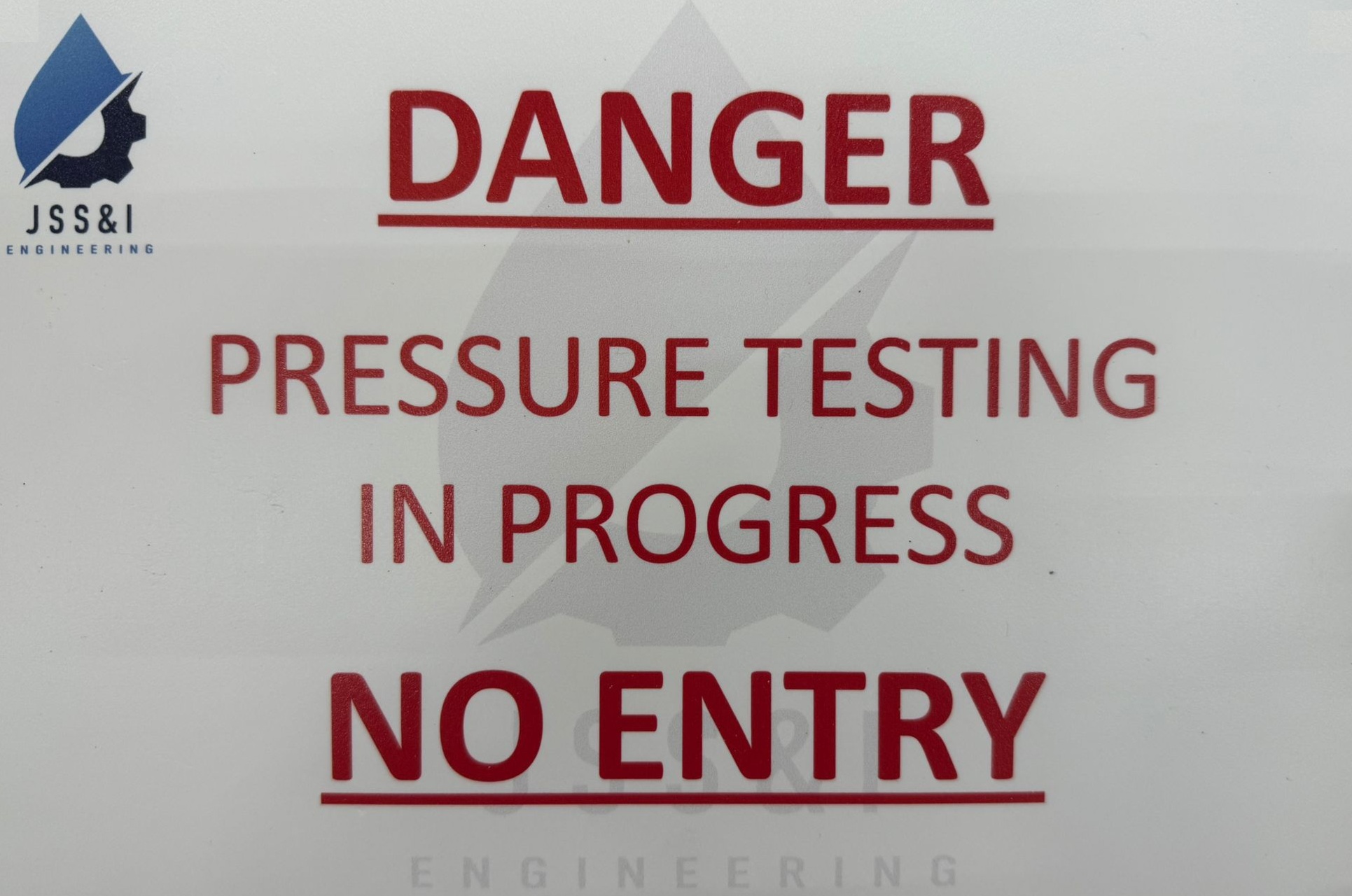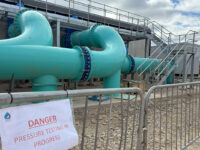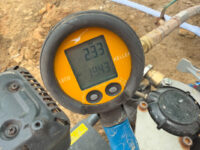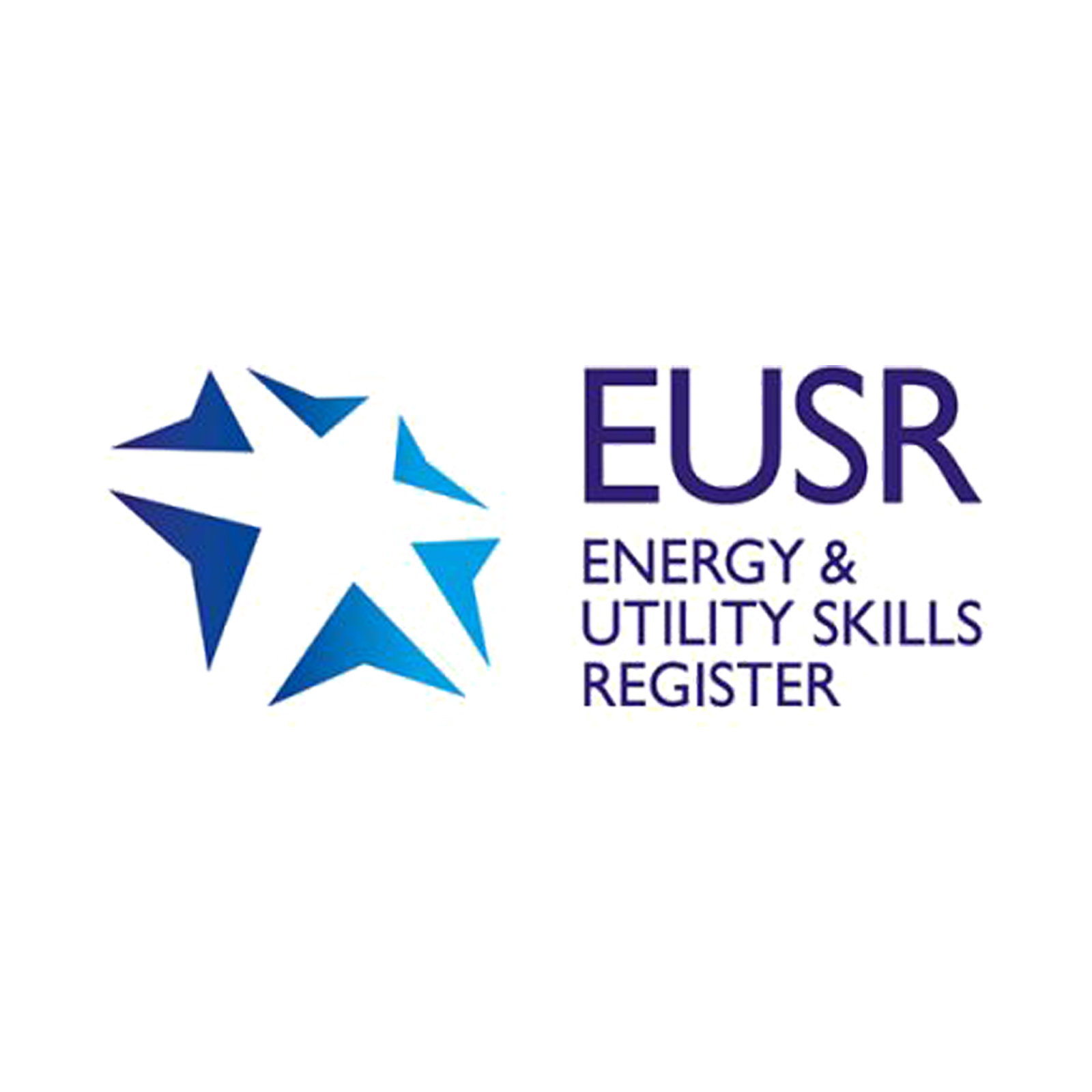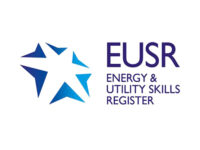Service Description
Reliable Hydrostatic & Pneumatic Pressure Testing for Safe & Compliant Installations in accordance with UK & Industry standards and Water Authority / Client specifications as necessary.
At Jones Site Services & Installations, we deliver expert hydrostatic & Pneumatic pressure testing services across a wide range of mechanical installations. Whether you’re working with Ductile Iron, stainless steel, UPVC, HDPE, MDPE or electrofusion pipework, our skilled team ensures every system is tested for integrity, performance, and safety to industry and client-specific standards.
Equipment & Materials
We use a modular pressure testing kit supported by the latest equipment including:
- Water pumps & bowsers
- Digital pressure gauges
- Pressure testing spades
- Barriers, signage & PPE
- Disinfection & hygiene kits
Every test is performed with rigorously inspected tools, ensuring safety and accuracy throughout.
Why Pressure Testing Matters
Pressure testing plays a vital role in verifying that new or existing pipework is free from leaks and can safely operate under its designated working pressure. Our thorough testing process ensures:
- Structural integrity of installed pipework
- Early detection of leaks or faults
- Compliance with health, safety, and environmental standards
- Peace of mind for both contractors and end users
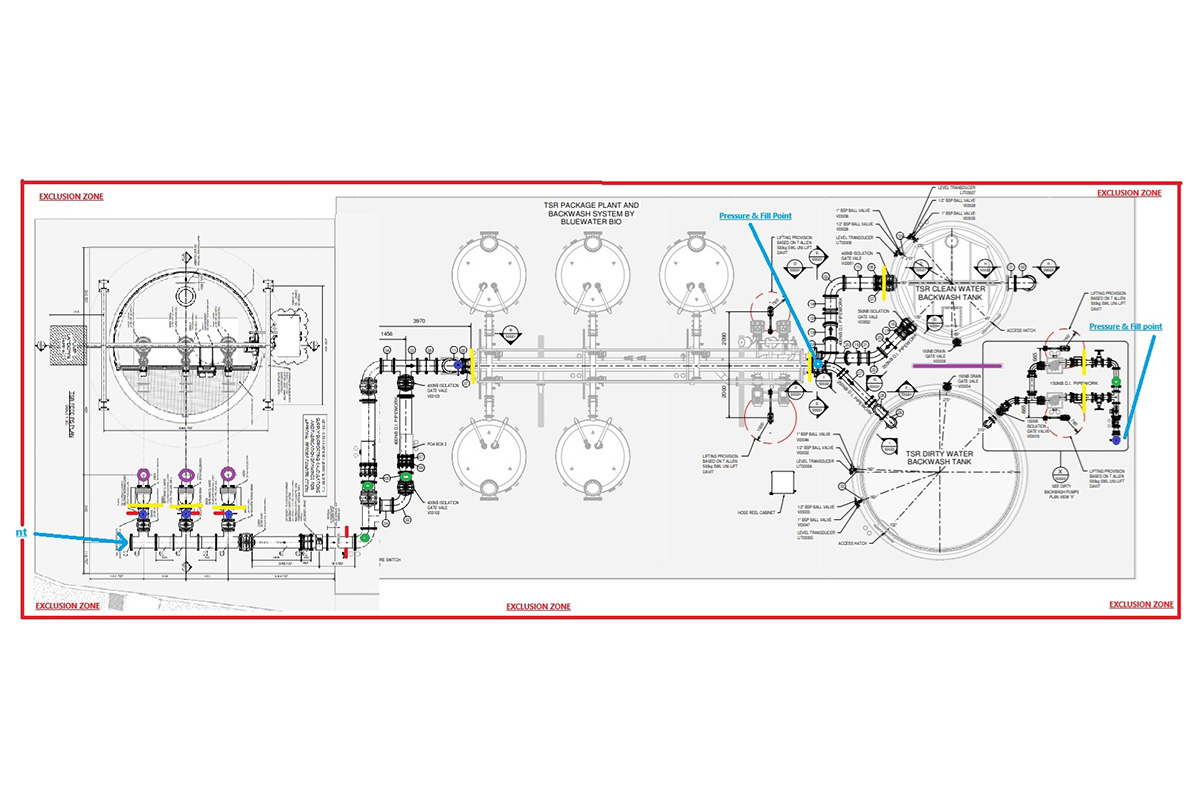
What Is Hydrostatic Pressure Testing
Hydrostatic testing uses water, the intended medium, providing a realistic assessment of performance under operational stress. Water is incompressible, making pressure drops due to leaks more readily detectable, and the energy released during a failure is significantly lower than with compressed gas, making it inherently safer for high-pressure tests on liquid systems.
Advantages
Non-Destructive Testing
Safer Testing Method
Disadvantages
Compression Times
Requirements
What is Pneumatic Pressure Testing
Pneumatic pressure testing is a method of testing the integrity of a system, such as piping or pressure vessels, by pressurizing it with a gas, typically air or nitrogen, to a specified pressure. This process helps identify leaks, structural weaknesses, or other potential failure points before the system is put into operation or after repairs.
Advantages
Faster Filling
Minimizes Moisture
Small Leak Detection
Disadvantages
Higher Compression
Testing Process
Testing can begin once the pipeline has been filled, and safety measures and RAMS are in place. A leak test is then conducted to ensure the safety conditions for the test have been met.
The duration of the test is ultimately dependent on:
Regulations
JSS&I can manage the entire process from end to end.
To discuss your project requirements further please contact us today:
- Phone – 02475 501 1063
- Email – info@jonessiteservices.co.uk
We’re on call 24/7 to react promptly to your emergencies.

